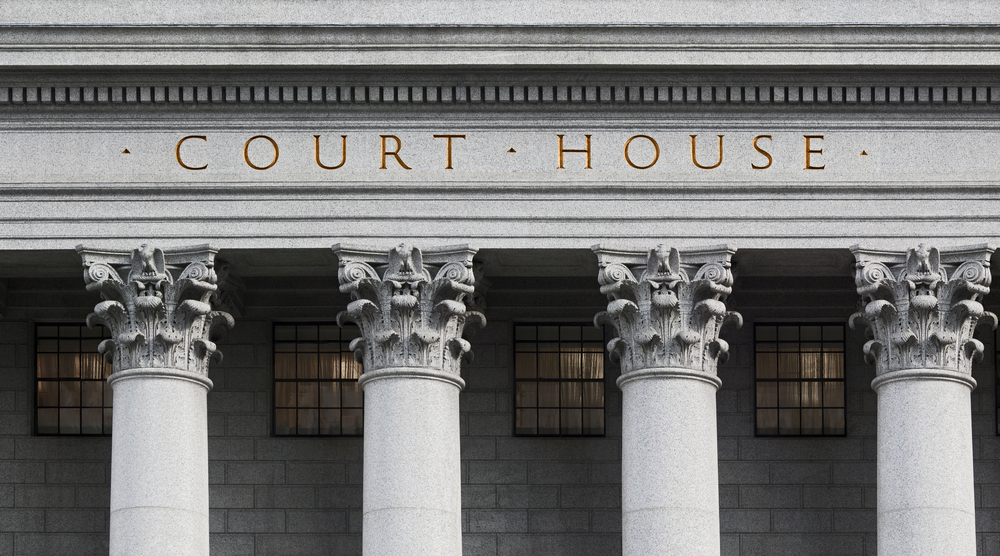The J&J Bankruptcy Plot Thickens

One of the most important concepts in litigation PR is that a perfectly reasonable legal strategy can be a perfectly disastrous communications strategy. The ongoing saga of Johnson & Johnson’s maneuver to deal with its talc liabilities seems to be nearing just such a situation.
We wrote about the tactic in an Oct. 21 post. J&J, which faces more than 30,000 lawsuits claiming its talc-based baby powder causes cancer, spun those liabilities off into a separate Texas entity and then moved it to North Carolina, where it immediately filed for bankruptcy. That halted the talc litigation.
In doing so, New Jersey-based J&J risked reputational damage — it’s been accused of a dodge and forum shopping. It doesn’t seem to have developed an appropriate communications strategy to deal with that. The situation has only gotten worse.
On Nov. 16, the North Carolina bankruptcy court said the case didn’t belong there and sent it up to J&J’s home state. In his ruling, U.S. Bankruptcy Judge J. Craig Whitley repeatedly invoked the name for J&J’s corporate maneuver, which doesn’t help in the reputation department.
‘Texas Two Step’
“Upon creation, the debtor immediately converted its state of incorporation to North Carolina — a stratagem known as the ‘Texas Two Step’ — as a predicate to venue in this district,” he wrote, adding that J&J “is attempting to outsmart the purpose of the statute.”
The talc litigation involves potentially billions in damages or settlements, so what’s a little reputational harm? But a company’s good name can be worth millions or billions, too. And the plan backfired: J&J finds itself in a court it tried to avoid. Its image woes will worsen if its opponents succeed in getting the bankruptcy case dismissed, a motion scheduled to be heard in February. That would mean the talc lawsuits rev up again.
Upon creation, the debtor immediately converted its state of incorporation to North Carolina — a stratagem known as the ‘Texas Two Step’ — as a predicate to venue in this district.
— U.S. Bankruptcy Judge J. Craig Whitley
J&J, which has always strongly denied its product causes cancer, said in the bankruptcy announcement that it wanted to streamline the talc litigation. It will have to keep pounding that message — that dealing with mass-tort lawsuits is a legitimate reason to file for Chapter 11 protection. If the bankruptcy case is tossed, the company will have to continue fighting the suits or reach settlements. Either way, it will have to communicate publicly to protect its reputation.
Bad Faith
And the bankruptcy case could be booted. In an informative piece on Monday (alas, behind a paywall), Law360 reporter Vince Sullivan made the point that challenging a “bad faith” bankruptcy filing is easier in the Third Circuit, where New Jersey is, than in the Fourth Circuit, where North Carolina is. That’s one reason J&J filed down south in the first place.
Even a lawyer quoted by Law360 defending J&J’s legal strategy as legitimate admitted that to outsiders it can look “unseemly.”
That’s the problem.
Photo Credit: Shutterstock
Sign up for our free weekly newsletter on crisis communications. Each week we highlight a crisis story in the news or a survey or study with an eye toward the type of best practices and strategies you can put to work each day. Click here to subscribe.




 Back to Blog
Back to Blog